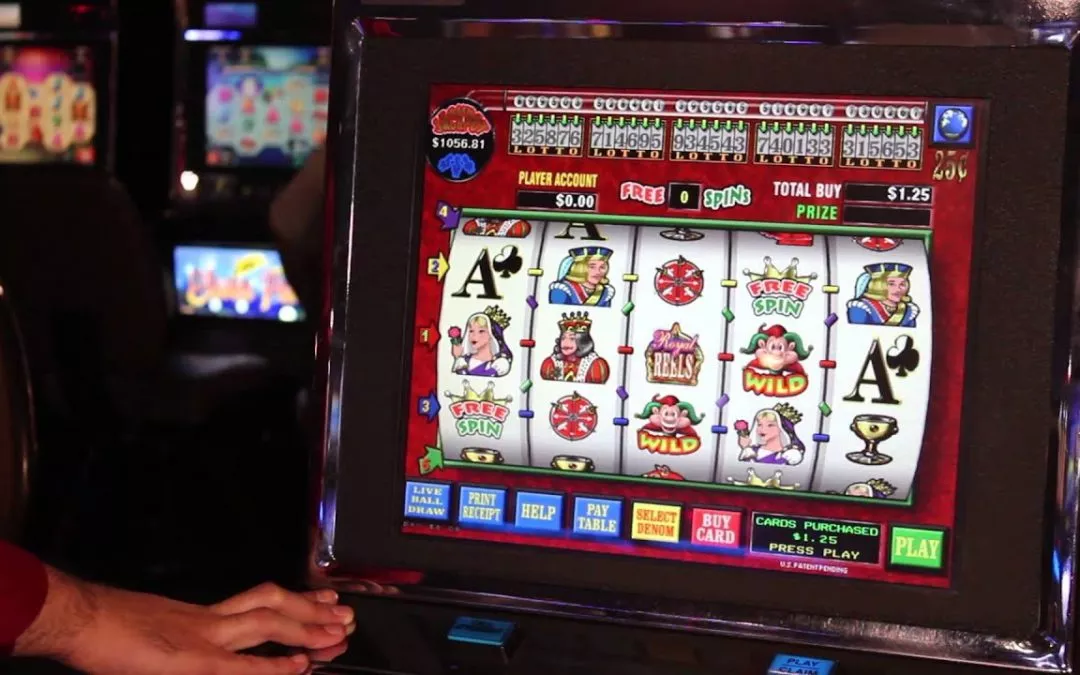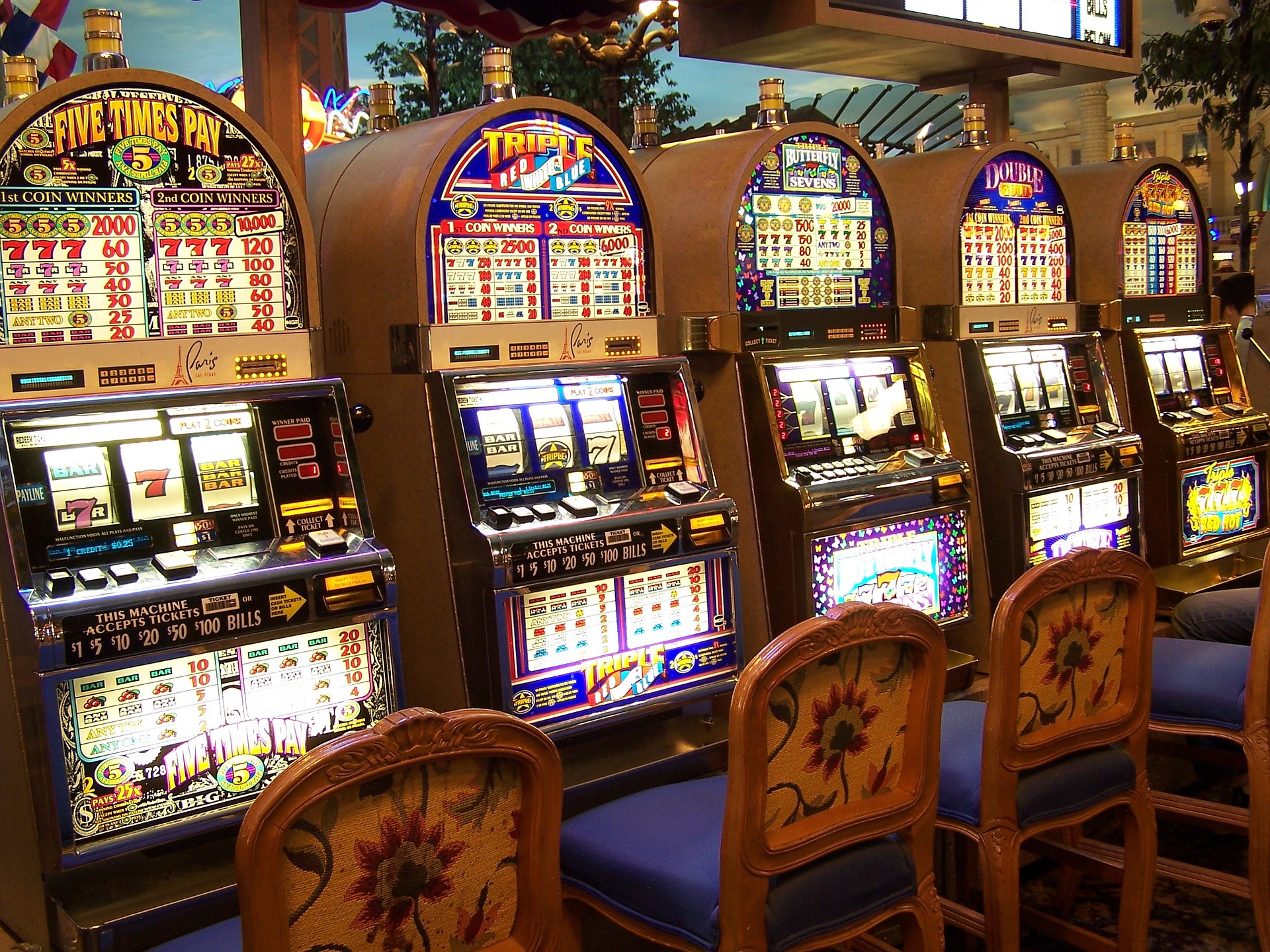Slot Cheat | For as long as slot machines have existed, individuals with unsavory intentions have sought to outsmart them through illicit means. In 2017, the world was captivated by a group of Russian engineers who employed sophisticated methods to reap illicit rewards from slot machines.
However, cheating at slots has taken many forms, from the crude act of attaching a coin to a string to high-tech manipulation of random number generators. In this article, we delve into the fascinating world of slot machine cheats, ranging from the primitive to the technologically advanced.
<Online Slot – The Top 5 Latest Online Slots of 2023>

Low-Tech Deceptions: The Early Days of Slot Cheating
Slot Cheat – Coin on a String
In the annals of slot machine history, few tricks are as rudimentary as the coin on a string. Practitioners of this method would tether a string to a coin and insert it into the slot machine. Once the coin triggered the coin-counting mechanism, they would swiftly retract it, ready to reuse.
In their 1988 publication “Slot Machine Mania,” Dwight and Louise Crevelt recounted an incident involving a jammed video poker machine. Upon investigation, a coin with a small hole drilled through it, coupled with a nylon string, was discovered. The previous player had executed the coin on a string trick, leaving when their coin was lost.
It’s important to note that these techniques primarily targeted machines that accepted physical coins, which are now increasingly obsolete in modern casinos.
Slugs and Foreign Coins
In the 1980s, a Nevada hardware manufacturer serendipitously produced washers that closely resembled U.S. coins in size and weight. Slot machine cheats exploited this coincidence, flooding machines across the state with these faux coins.
Foreign coins have also been employed to manipulate slot machines. Mexican one-peso coins, for instance, were used in some U.S. slot machines and vending machines despite their minimal value compared to American currency.
Ingenious Schemes: Manipulating Slot Machines

Slot Cheat – Spooning
Before the advent of ticket printers and coin hoppers, slot machines used coin tubes to store payouts. To secure their gains, cheaters employed a spoon-shaped tool to keep the tube’s payout slide open. Instead of releasing the intended number of coins, the tube would disgorge all its contents.
Holding the Bag
This method was not for players but for dishonest casino employees. To surreptitiously profit, attendants would pinch a coin or two into a corner of the bags used to fill the machine hoppers. Consequently, the hopper would fall short by a couple of coins, and the attendant would discreetly amass a small fortune over numerous fills.
Magnetic Field
During the 1960s and 1970s, slot machines were susceptible to external magnetic influence. Some cheats used powerful magnets to manipulate the slot reels, preventing them from stopping where intended. This allowed cheaters to claim payouts based on the manipulated reel symbols.
Modern machines are impervious to such tactics, with payouts determined by random number generators (RNGs), rather than the visible reel symbols.
<Slot Machines – Exploring the Operational Logic of Algorithms>
The Pinnacle of Slot Machine Cheating: High-Tech Scams

Slot Cheat – Inside the Machine
In a daring attempt in the 1990s, individuals sought to manipulate the colossal Big Bertha slot machine, often a centerpiece in large casinos. A crowd gathered around to obscure the illicit activities. A woman entered the machine and manipulated the reels to secure a winning combination. Security eventually apprehended the culprits, but the audacity of the act was undeniable.
The Monkey Paw
Tommy Glenn Carmichael, a notorious figure in the realm of cheating, developed the monkey paw. This tool allowed cheaters to trigger the slot machine’s payout mechanism without making a legitimate wager. Carmichael’s criminal career extended for almost four decades until he was incarcerated and his assets seized. Later, he collaborated with the Nevada Gaming Commission to develop anti-cheating devices.
The Light Wand
Another invention by Carmichael, the light wand was employed as slot machines shifted to electronic models with random number generators. Instead of physically tripping a switch, the light wand was designed to activate an electronic sensor, initiating a payout. Carmichael’s top-bottom joint was an earlier variation of this method.
The Insider’s Advantage: Engineering for Fraud

Slot Cheat – Engineered for Fraud
Ronald Dale Harris, employed as an engineer by the Nevada Gaming Commission, leveraged his knowledge of certain machines’ source codes to gain an unfair advantage. He manipulated the computer program of a video keno game, ultimately winning $100,000 before being apprehended in New Jersey in 1995.
<RNG (Random Number Generator) How to Make an Impact?>
Slot Cheat – Cracking the RNG

While we commonly refer to them as “random number generators” (RNGs), most slot machines, both live and online, employ “pseudo-random number generators.” These algorithms use a seed number to calculate numbers so close to random that no discernible pattern exists. In 2017, a team in St. Petersburg, Russia, exploited their knowledge of these algorithms, reverse-engineering Aristocrat Mark VI slot machines to predict winning spins. Operatives in casinos transmitted video footage of spins to Russia, allowing the team to calculate ideal moments for gameplay. Several operatives were arrested in the United States on federal charges of conspiracy to commit fraud.
In conclusion, slot machine cheating has evolved from primitive coin-on-a-string tricks to high-tech scams involving the manipulation of random number generators. While modern machines are equipped with stringent security measures, determined cheaters with access to older machines can still pose a challenge to the gaming industry’s integrity.



